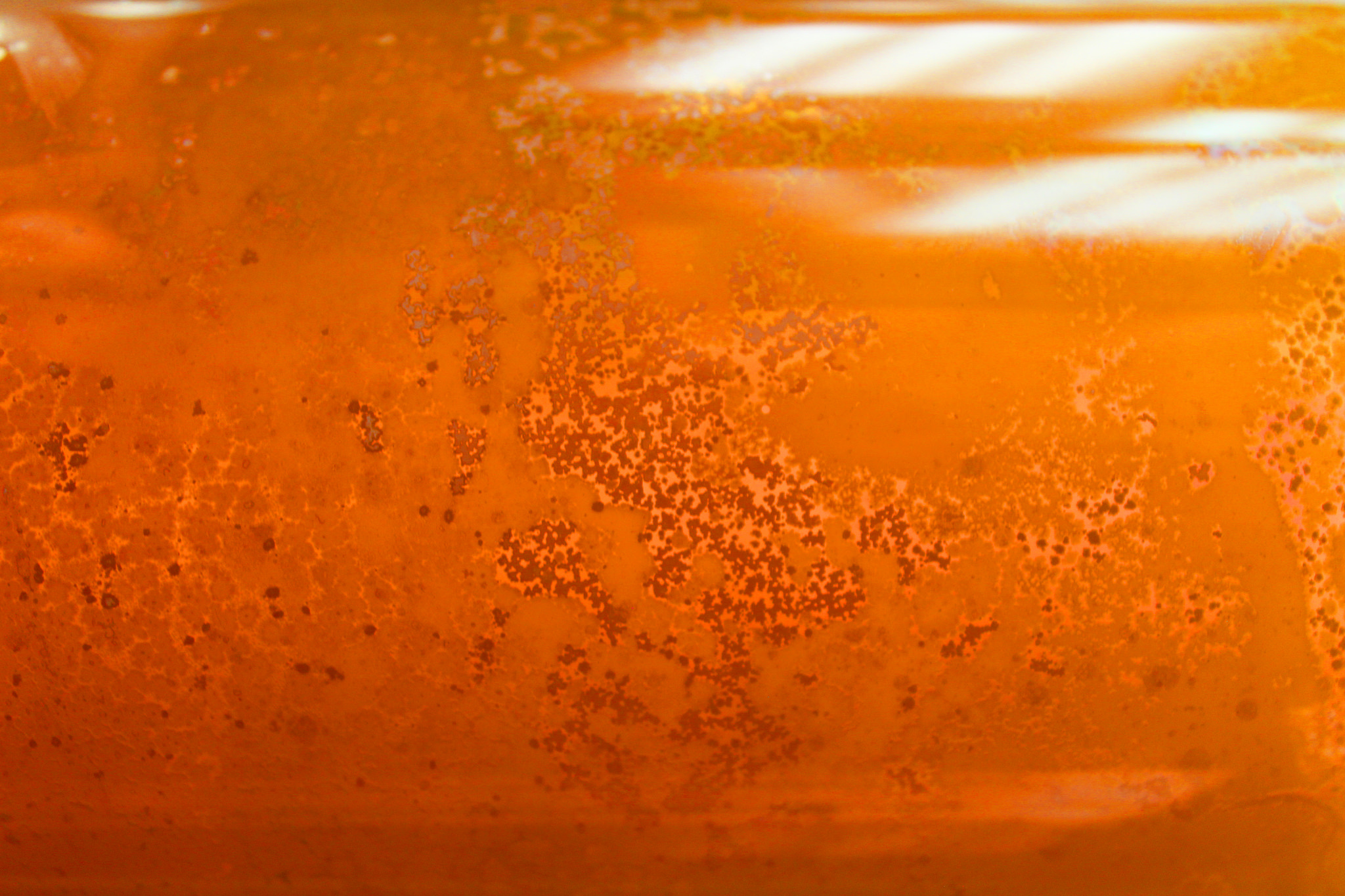Aimee Bell: Finding unknown interstellar molecules
Aimee Bell, a University of Manitoba Masters' student is in the process of testing a new piece of equipment for the Far-IR beamline, a gas cell that will help create and confirm the existence of previously-unknown carbon chain molecules in interstellar space and on remote moons. These molecules are unstable on earth, but can be created and observed under extreme conditions mimicking those found in space. Aimee's project focuses on testing the new equipment, and she hopes to identify some rare compounds along the way.

The new equipment is a multipass gas cell, which Aimee's supervisor, Dr. Jennifer van Wijngaarden describes:
"The experiment involves the construction and testing of an infrared multipass gas cell through which we can create a 1.2 m long electric discharge (the bright light). The light bounces back and forth between mirrors at each of the cell so that we sample a long pathlength through the discharge. We flow a low pressure of a gas sample through the cell and then apply a large voltage (1-1.5 kV) across two electrodes (spaced about 1.2 m apart)." This breaks apart the sample gas into fragments and we then use the infrared spectrometer to identify these fragments by the infrared frequencies that they absorb as the light bounces back and forth. Some of these fragments combine to form new species. The ultimate goal is to use this discharge cell to create new carbon chain molecules that are not stable on Earth for very long but are involved in the chemistry of interstellar space, atmospheres of remote moons, etc. The spectra we record can be used to confirm the presence of these species in astrophysical objects by comparison with data from space missions."




